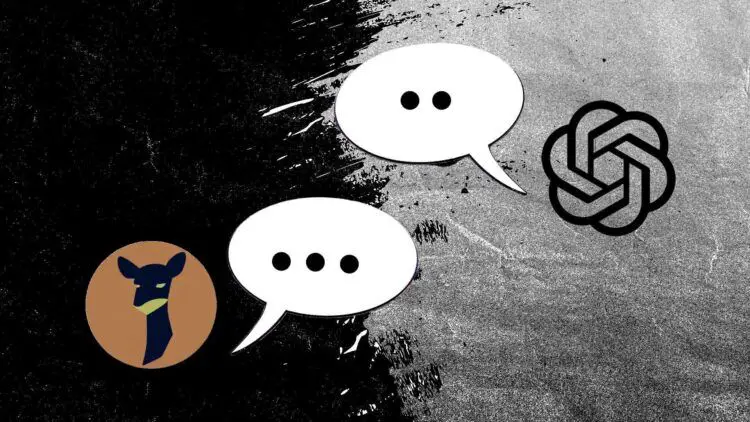As Meta unveils its newest creation, LLaMA 2 vs GPT-4 currently occupies the minds of numerous AI enthusiasts. However, Meta’s stunning announcement about the open-sourcing of this formidable language model also made the news in a surprising turn of events.
This decision instantly catapulted LLaMA 2 into the realm of AI titans, setting the stage for an epic showdown with OpenAI’s renowned GPT-4, the powerhouse behind ChatGPT and Microsoft Bing.

LLaMA 2 vs GPT-4 in various comparisons
LLaMA 2-Chat, a remarkable creation, owes its existence to fine-tuning and reinforcement learning with valuable human feedback. This process involved preference data collection and training reward models, incorporating a novel technique known as Ghost Attention (GAtt). Additionally, LLaMA 2-Chat benefits from being trained on GPT-4 outputs, an essential factor in its development.
LLaMA 2 vs GPT-4: Grades
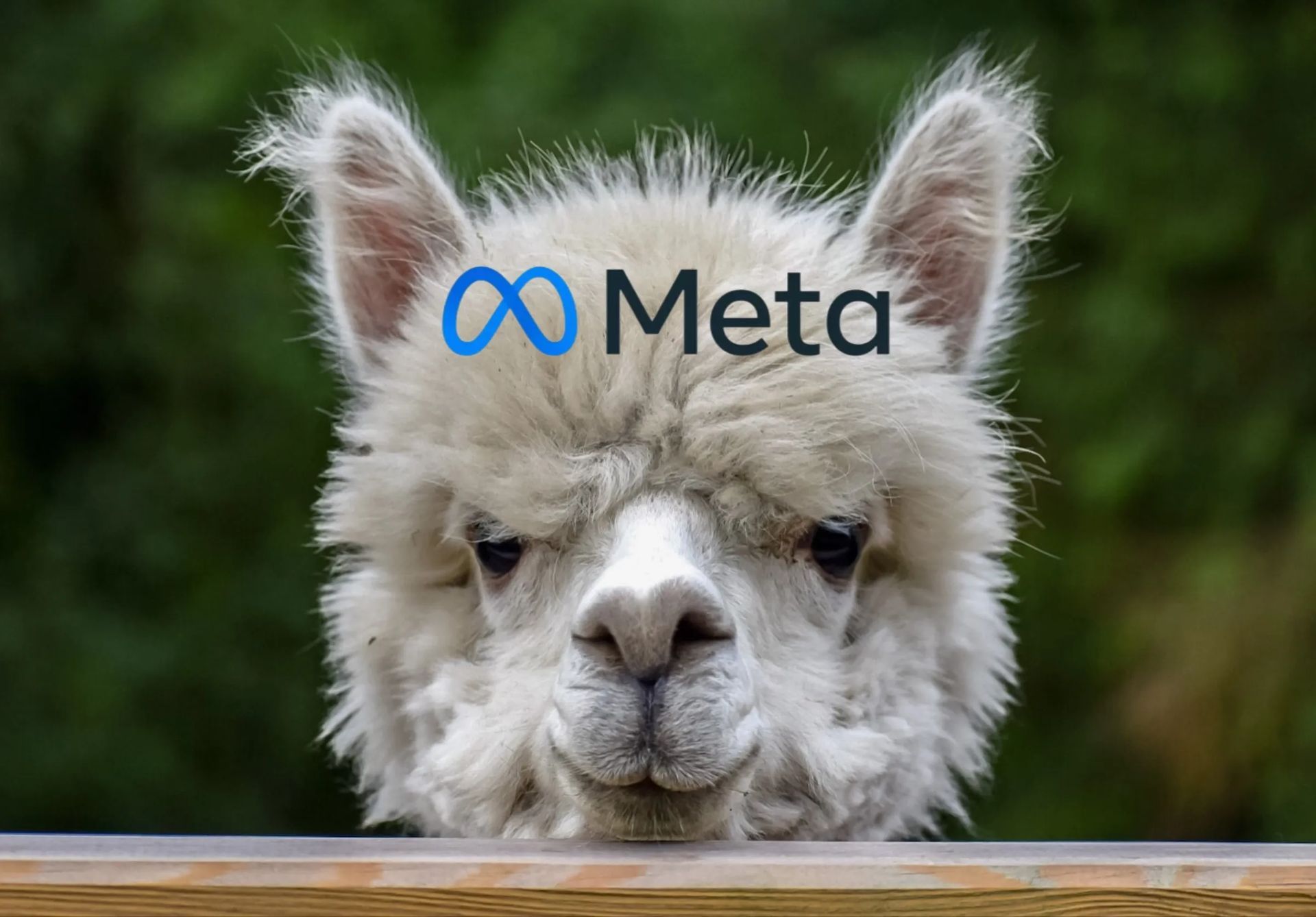
To evaluate the model’s efficacy, Meta conducted a human study using 4,000 prompts, utilizing the “win rate” metric, similar to the Vicuna benchmark, to compare it against both open-source and closed-source models like ChatGPT and PaLM, in the context of single and multi-turn prompts.
The impressive 70B LLaMA 2 model performs on par with GPT-3.5-0301 and outperforms other models such as Falcon, MPT, and Vicuna. LLaMA 2-Chat models excel in helpfulness for both single and multi-turn prompts, surpassing open-source alternatives. With a win rate of 36% and a tie rate of 31.5% compared to ChatGPT, LLaMA 2-Chat proves its mettle.
Furthermore, it outperforms the MPT-7B-chat model on 60% of the prompts. The LLaMA 2-Chat 34B model’s overall win rate of over 75% against equivalently sized Vicuna-33B and Falcon 40B models is an impressive feat. Additionally, the 70B model outshines the PaLM-bison chat model by a significant margin.
LLaMA 2 vs GPT-4: Coding
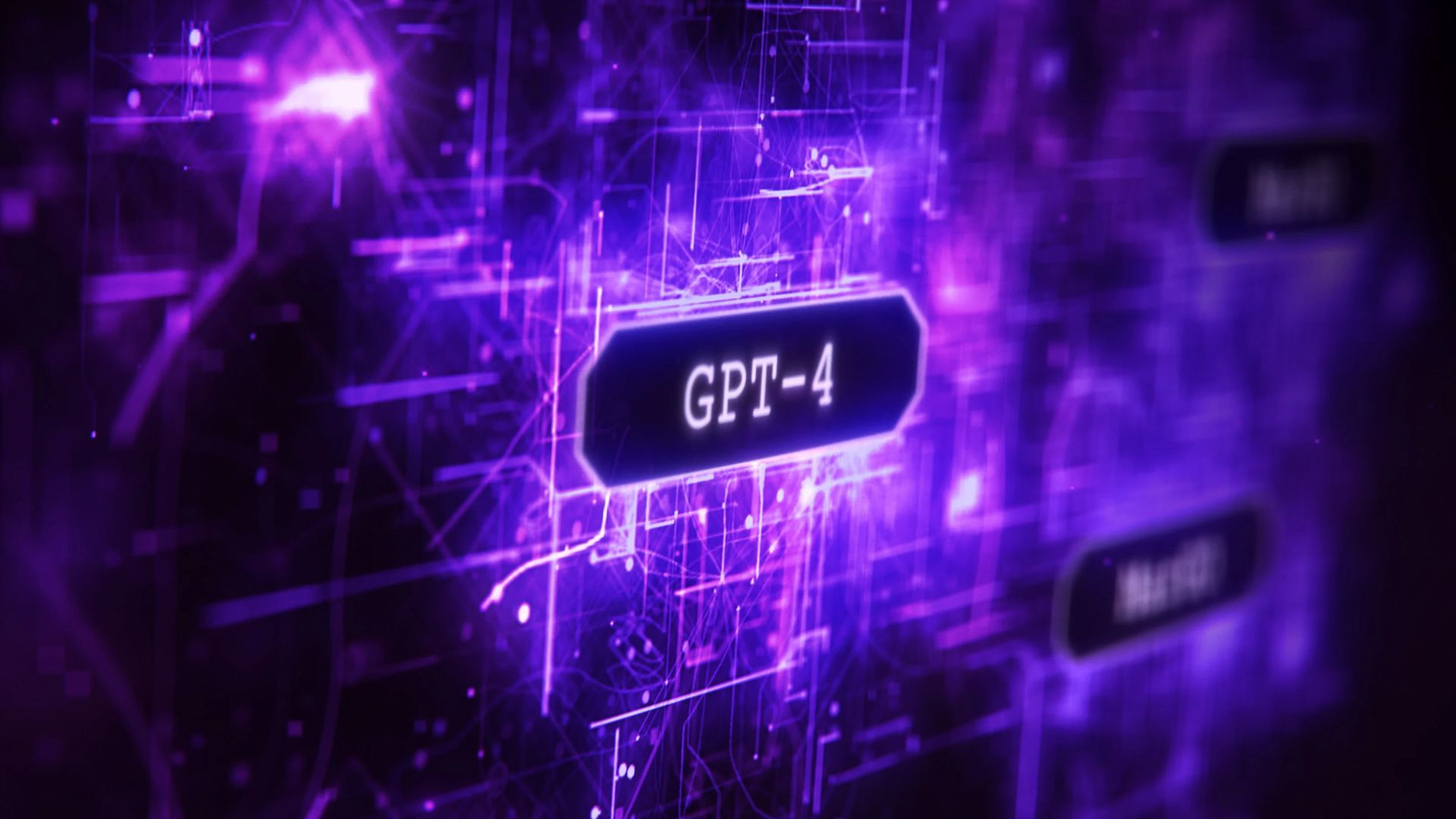
However, when it comes to coding between LLaMA 2 vs GPT-4, despite its numerous accomplishments, LLaMA-2 does have a weakness when it comes to coding. It falls short of the coding prowess exhibited by GPT-3.5 (48.1) and GPT-4 (67). While the MMLU benchmark showcases LLaMA-2’s strengths, HumanEval reveals that its coding capability is somewhat lower compared to models explicitly designed for coding, like StarCoder (33.6). Nonetheless, considering LLaMA-2’s open weights, it is highly likely that it will undergo significant improvements over time.
LLaMA 2 vs GPT-4: Writing
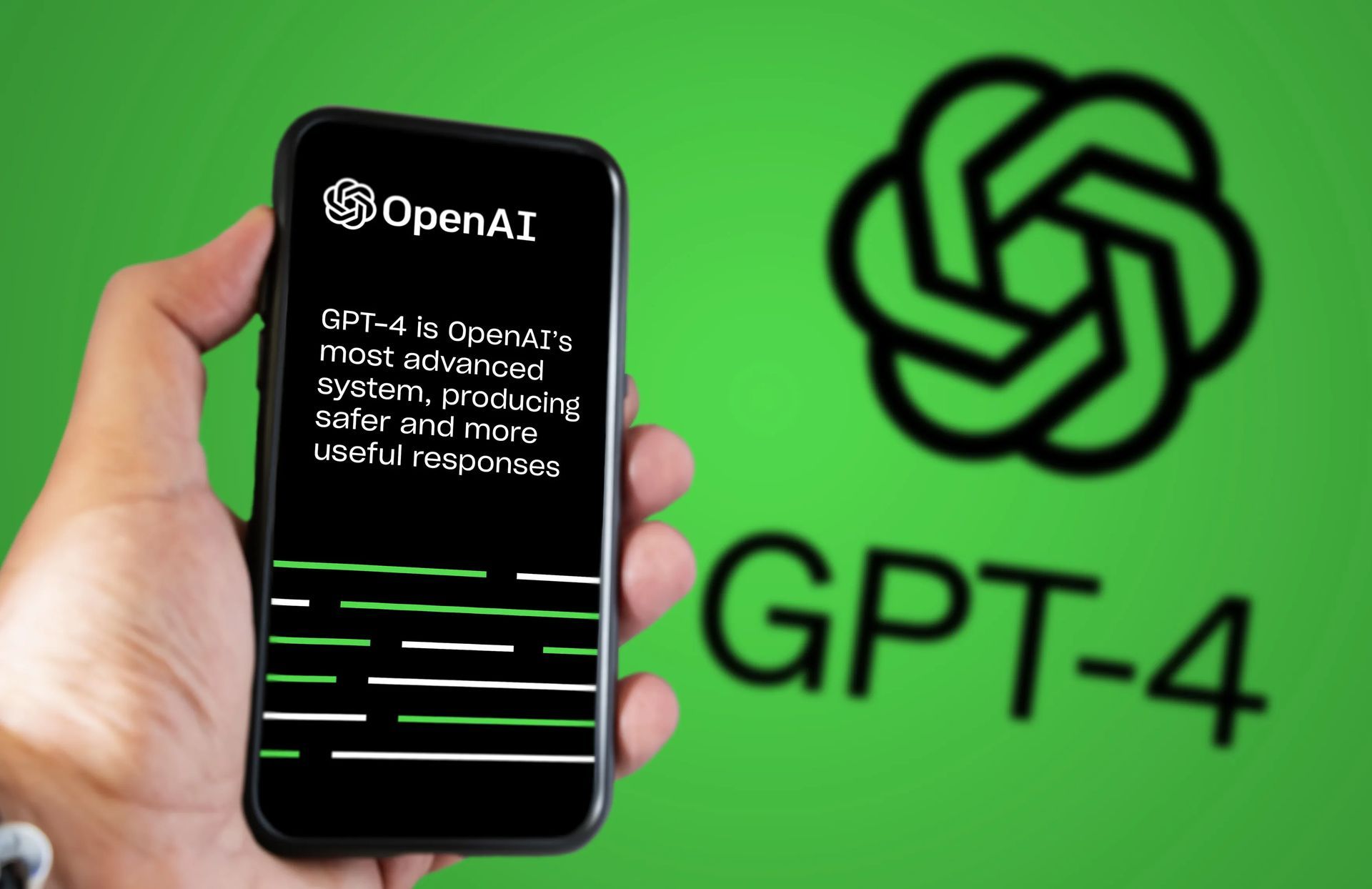
When it comes to writing, LLaMA-2 and GPT-4 exhibit marked differences. Their approaches to writing poetry, for instance, couldn’t be more distinct. ChatGPT employs intentional word choices, focused on phonetics and a more sophisticated vocabulary, akin to a skilled poet with a wide array of expressions. In contrast, LLaMA-2 opts for a more straightforward rhyming word selection, akin to a high school poem.
I asked both Llama-2 and GPT-4 to write a poem about their epic competition. Guess which one is which.
========= Poem 1 =========
In the grand tapestry of technology's weave,
Where information turns and ideas cleave,
Two figures stand, their stories interweave,
GPT and Llama-2,…— Jim Fan (@DrJimFan) July 18, 2023
Despite being trained on a smaller scale, LLaMA-2 has garnered commendable outputs, as per feedback from several users who have had beta access. Meta’s approach, initially using publicly available data and later augmenting it with high-quality data, has proven effective in achieving better results with fewer examples. The model’s outputs have been observed to be comparable to human annotations, a testament to its development’s meticulous nature.
LLaMA 2 vs GPT-4: Results with the same prompt
It’s important to note that comparing these two models in their entirety might not be entirely fair given that we only have access to the demo version of Llama 2. However, using the same prompt for both GPT-4 and Llama 2 will give us some interesting insights into their respective capabilities and stylistic tendencies.
The prompt: “Write me a 100-word long passage about the importance of chatbots.”
- GPT-4:
It appears that GPT-4’s response, while shorter and succinct at 93 words, successfully provides accurate information.
- Llama 2 demo:
On the other hand, Llama 2 leans towards a more comprehensive response with 122 words. Even though it’s slightly more verbose considering the given prompt, it offers commendably detailed information.
Background of LLaMA 2
The journey of LLaMA began in February, generating excitement within the AI research community. A leak shortly after the announcement only added to the intrigue. Now, with the release of LLaMA 2 as an open-source model, its potential audience has expanded exponentially. With over 100,000 requests received for the initial LLaMA model, the impact of LLaMA 2 is set to be even more profound.
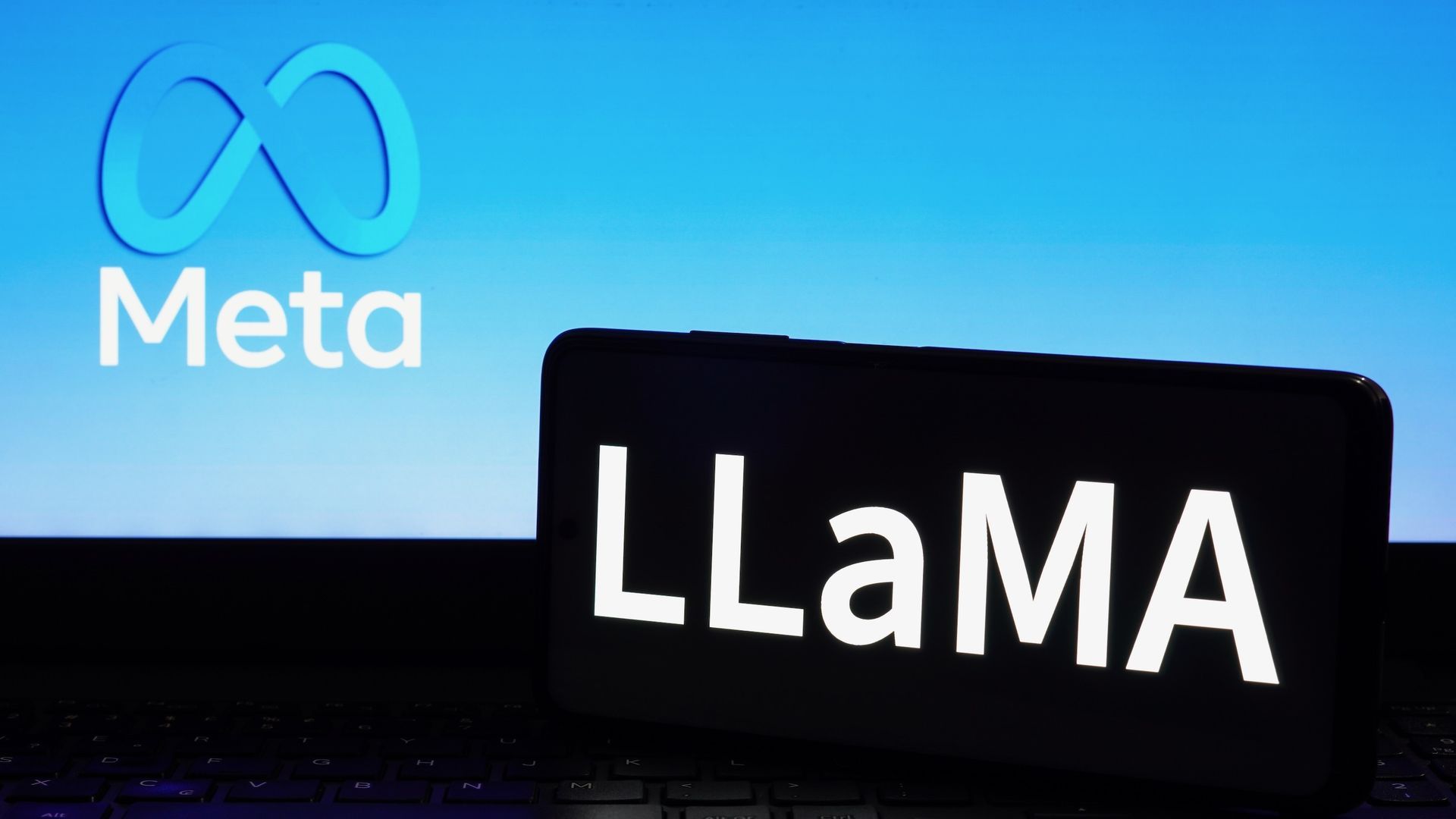
During Microsoft’s Inspire event, Meta not only showcased its unwavering support for Microsoft’s Azure and Windows platforms but also dropped a bombshell by making LLaMA 2 freely accessible for both commercial and research purposes. This move marked a significant milestone, as it opened up a vast array of possibilities for businesses, startups, and researchers to harness the potential of this groundbreaking language model.
Compared to its predecessor, LLaMA 2 underwent substantial improvements. Trained on 40 percent more data, including publicly available online sources, LLaMA 2 displayed superior performance in areas such as reasoning, coding, proficiency, and knowledge tests, outperforming other large language models like Falcon and MPT.
Prioritizing safety and transparency
Meta demonstrated its dedication to safety and transparency by subjecting LLaMA 2 to rigorous “red-teaming” and fine-tuning through adversarial prompts. These efforts ensured that LLaMA 2 meets the highest safety standards and enables researchers and developers to gain a clear understanding of its performance through transparent evaluation processes.
Accessibility across platforms
In line with its commitment to open-source principles, Meta ensured that LLaMA 2 would be accessible across multiple platforms. Initially available through Microsoft’s Azure, LLaMA 2 will soon find its way onto other platforms such as AWS, Hugging Face, and others. This inclusive approach encourages widespread adoption and collaboration among developers and researchers, driving the advancement of AI applications.
The power of an open approach to AI
Meta’s open-source strategy aligns with the rapidly evolving landscape of generative AI technology. By democratizing access to cutting-edge models like LLaMA 2, Meta fosters a collaborative community of developers and researchers who can collectively stress test the model, identify potential issues, and expedite solutions, ultimately propelling AI innovation forward.
LLaMA 2 vs GPT-4 and PaLM 2
While LLaMA 2 may be slightly less powerful than its competitors, GPT-4 and PaLM 2, its open-source nature and Meta’s emphasis on safety and transparency are key differentiators. LLaMA 2 was trained on two million tokens, fewer than PaLM 2’s 3.6 million tokens, and it supports 20 languages, trailing behind PaLM 2’s 100 and GPT-4’s 26 languages. However, the power of open-source collaboration and community-driven development can offset these differences and lead to rapid advancements.
A pivotal moment for AI development
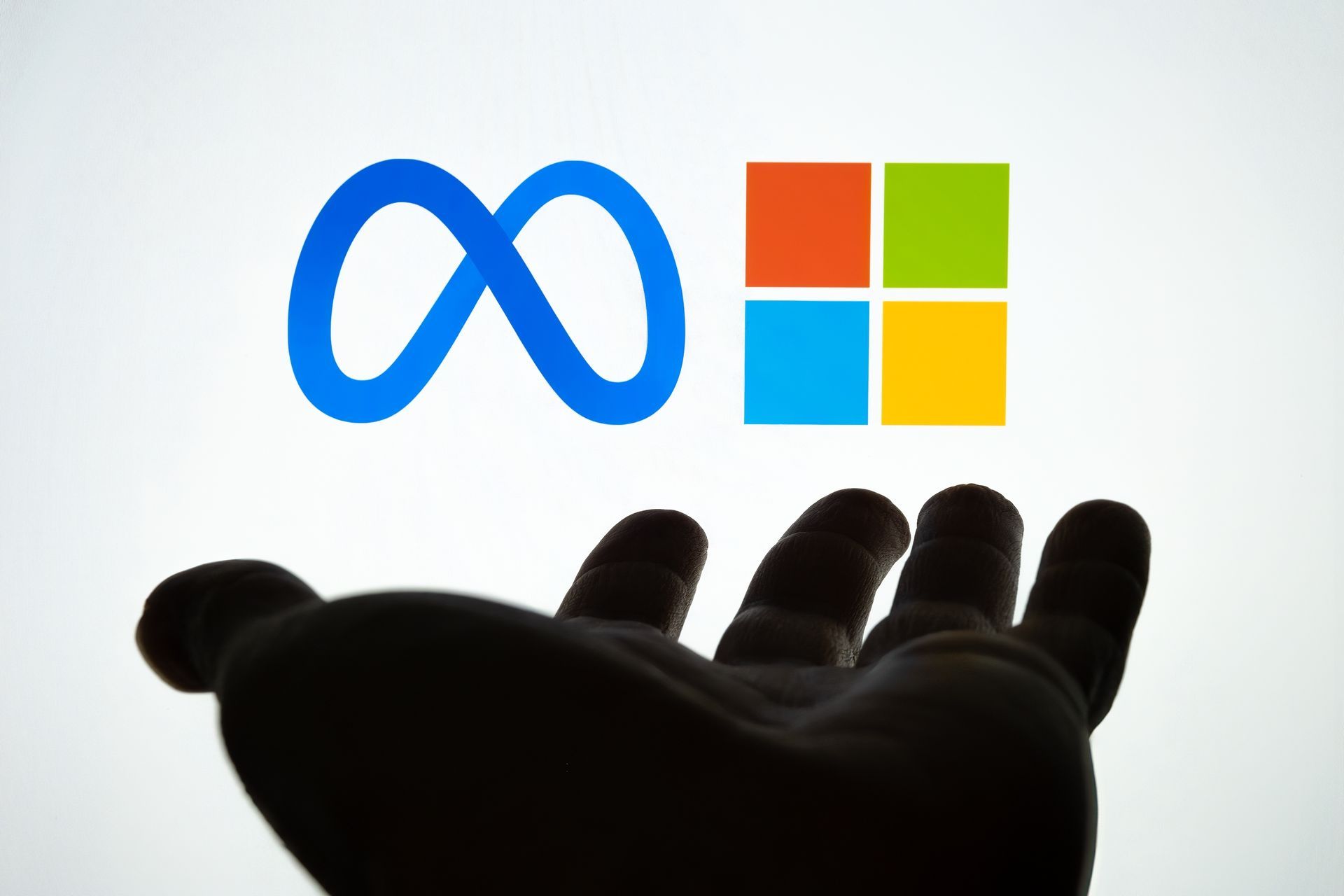
Meta’s decision to open-source LLaMA 2 marks a turning point in the AI landscape. By making this powerful language model freely accessible, Meta empowers developers and researchers to push the boundaries of AI innovation while ensuring safety and transparency remain at the forefront. The collaboration with Microsoft and Qualcomm further cements the bright future of AI applications, promising seamless integration across diverse platforms and devices.
As developers and researchers embark on this journey with LLaMA 2 and the competition of LLaMA 2 vs GPT-4 continues, we can expect a wave of transformative AI-powered tools to emerge, reshaping our interactions with technology. Meta’s commitment to openness sets a precedent for the collaborative refinement and harnessing of AI models, paving the way for a new generation of AI innovations that will shape the future of artificial intelligence.
Featured Image: Credit

